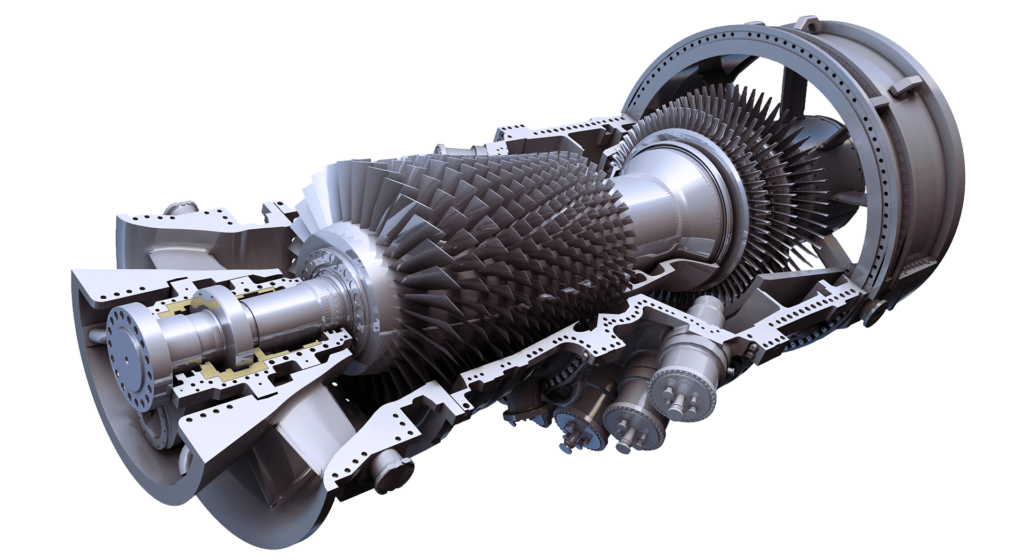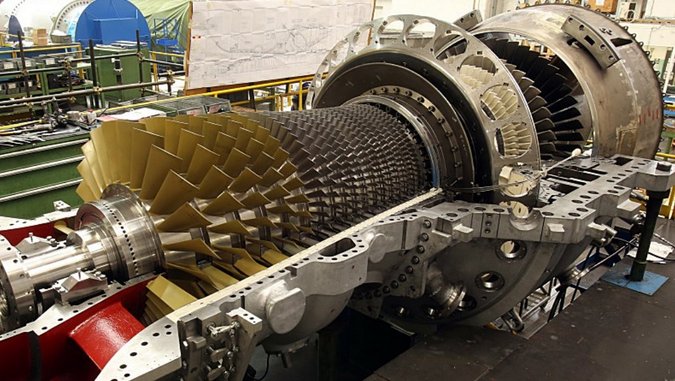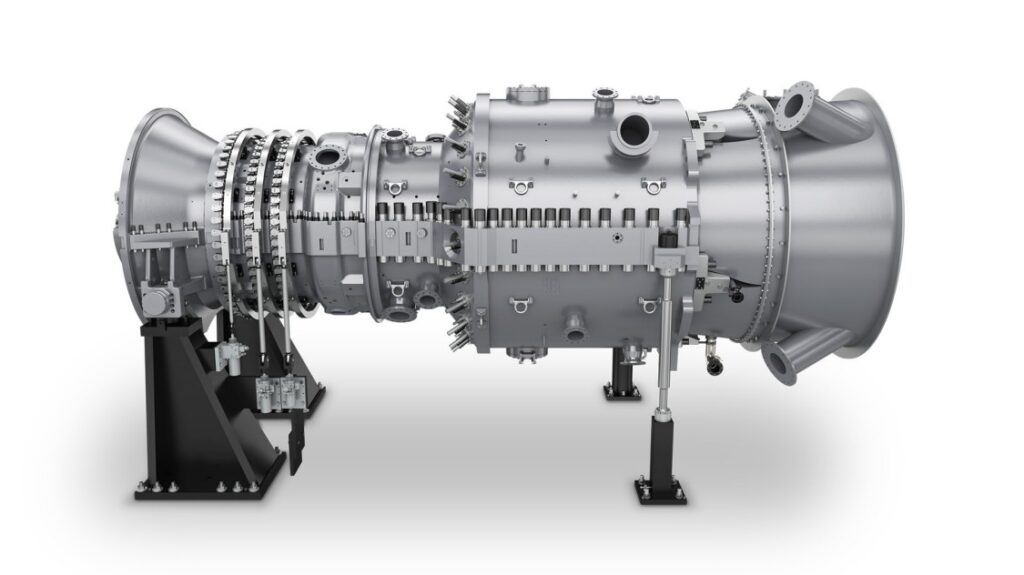ENVIRONMENTAL RISKS vs OPERATING & MAINTENANCE COSTS - GAS TURBINES

IMPACTS, ACTIONS & RECOMMENDATIONS - ENVIRONMENTAL RISKS vs OPERATING & MAINTENACE COSTS - GAS TURBINES
Gas turbines play a critical role in the oil, gas, and petrochemical industries, as well as power generation facilities. The impacts, actions, and recommendations for managing environmental risks and operating and maintenance costs can vary depending on several factors, including the type and size of the gas turbine, the fuel source, and the location and climate of the facility.
Environmental Impacts:
Air Pollution: Gas turbines produce nitrogen oxides (NOx), carbon monoxide (CO), and other pollutants that can be harmful to the environment and human health. These emissions can lead to smog, acid rain, and contribute to climate change.
Water Pollution: Gas turbines require water for cooling and generate wastewater that can be contaminated with chemicals, heavy metals, and other pollutants.
Noise Pollution: Gas turbines can produce high levels of noise that can be disruptive to nearby communities and wildlife.
Actions and Recommendations:
Emissions Control: To minimize air pollution, gas turbines should be equipped with emissions control systems such as selective catalytic reduction (SCR), exhaust gas recirculation (EGR), and oxidation catalysts.
Water Management: Facilities should implement water management strategies to minimize water usage and wastewater generation. This can include using alternative cooling methods such as air cooling, treating and recycling wastewater, and implementing water conservation measures.
Noise Mitigation: Gas turbines should be designed and installed with noise-reducing measures such as acoustic enclosures, silencers, and barriers.
Operating and Maintenance Costs:
Fuel Costs: Gas turbines are typically fueled by natural gas or other fossil fuels, which can be subject to price volatility.
Maintenance Costs: Gas turbines require regular maintenance to ensure optimal performance and avoid costly breakdowns. Maintenance costs can vary depending on the type and age of the turbine, the operating conditions, and the quality of maintenance practices.
Actions and Recommendations:
Fuel Efficiency: Gas turbines should be designed and operated to maximize fuel efficiency, which can help reduce operating costs and minimize environmental impacts. This can include optimizing fuel-air ratios, using waste heat recovery systems, and implementing other energy-saving measures.
Maintenance Best Practices: To minimize maintenance costs, facilities should implement best practices such as regular inspections, timely repairs, and proactive replacement of worn or damaged components.
Technology Upgrades: Upgrading to more efficient gas turbines or retrofitting existing turbines with new technology can help reduce fuel consumption and maintenance costs over time.
Overall, managing environmental risks and operating and maintenance costs for gas turbines in the oil, gas, and petrochemical industries requires a comprehensive approach that considers multiple factors and incorporates best practices and innovative solutions.

FREQUENT QUESTIONS & ANSWERS - ENVIRONMENTAL RISKS vs O&M COSTS - GAS TURBINES
- What are the main environmental risks associated with gas turbines in the oil, gas, and petrochemical industries?
Some of the main environmental risks associated with gas turbines include air pollution from emissions of nitrogen oxides (NOx), carbon monoxide (CO), and particulate matter, as well as greenhouse gas emissions. Noise pollution can also be a concern, particularly for turbines located near populated areas.
- How can the environmental risks associated with gas turbines be mitigated?
Some ways to mitigate the environmental risks associated with gas turbines include installing air pollution control equipment such as selective catalytic reduction (SCR) systems and particulate filters, implementing noise reduction measures such as sound barriers and mufflers, and using low-emissions fuels such as natural gas or biogas. Carbon capture and storage (CCS) technologies can also be used to reduce greenhouse gas emissions.
- What are the typical operating and maintenance costs associated with gas turbines?
The operating and maintenance costs associated with gas turbines can vary depending on factors such as the size and complexity of the turbine, the type of fuel used to power it, and the frequency and intensity of maintenance and inspection activities. Some typical costs include fuel costs, costs for replacing worn parts and components, and costs for routine maintenance and inspection activities.
- How can the operating and maintenance costs of gas turbines be minimized?
Some ways to minimize the operating and maintenance costs of gas turbines include selecting a turbine that is appropriately sized for the intended application, choosing an efficient fuel source, implementing a comprehensive maintenance and inspection program to prevent unnecessary wear and tear on the turbine, and optimizing the turbine’s operational settings to reduce energy consumption.
- What are some common challenges associated with maintaining and operating gas turbines in existing plants?
Some common challenges associated with maintaining and operating gas turbines in existing plants include the need to balance operational efficiency with environmental concerns, the need to comply with regulatory requirements for emissions and noise pollution, and the need to manage the risk of equipment failure or downtime. Additionally, older turbines may require more frequent maintenance and repair due to wear and tear

